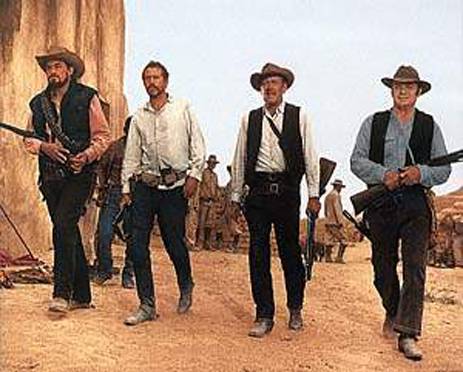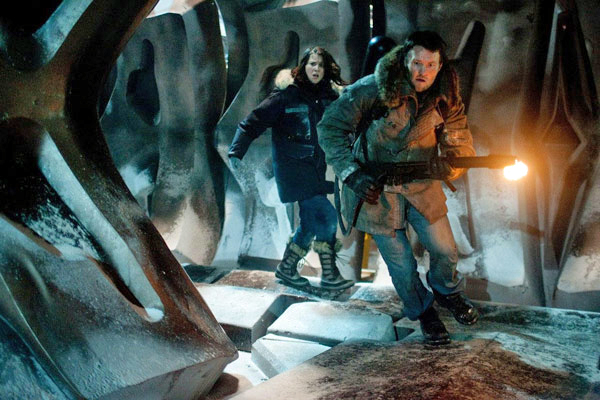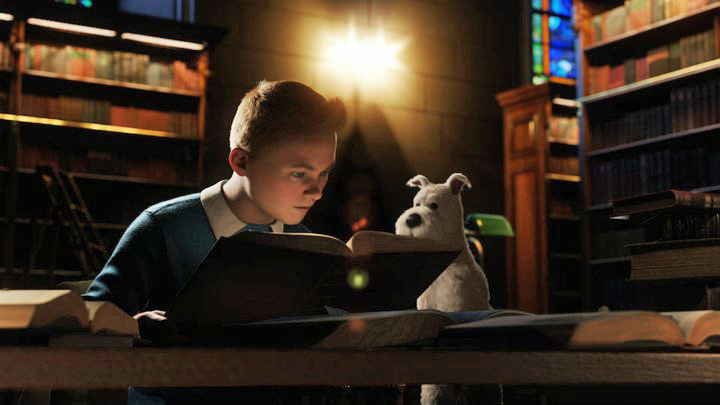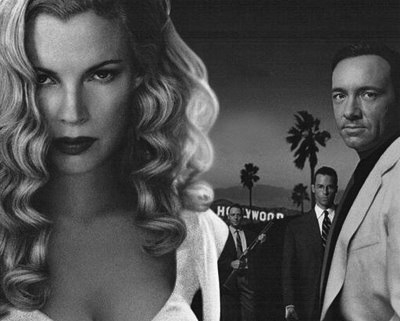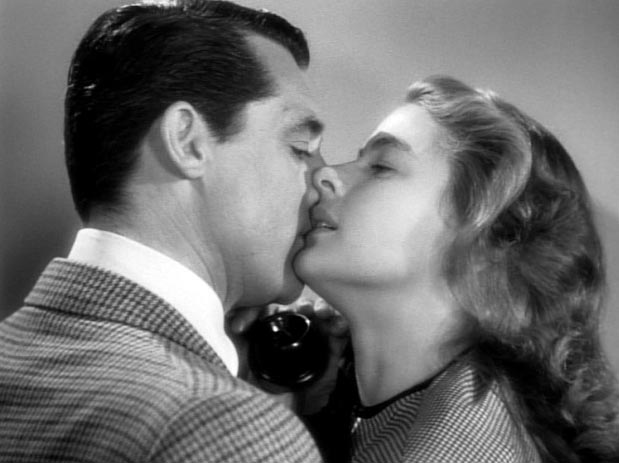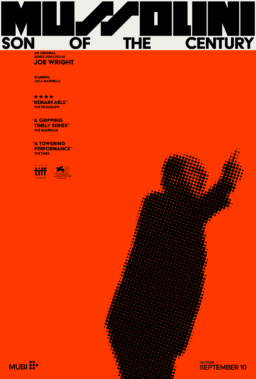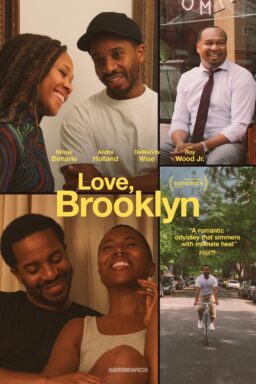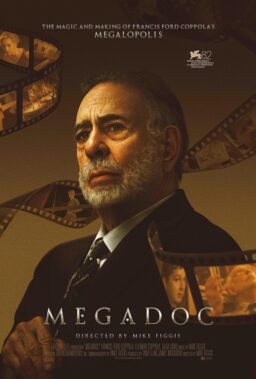Q. I got a chuckle out of the Movie Glossary entry titled “The Walk.” This shot, of the characters lined up and walking meaningfully toward the camera, became so hackneyed it was used three times in each and every episode of the reality TV game show “Fear Factor.”
The earliest film I can think of to use “The Walk” is “A Clockwork Orange,” as Malcolm McDowell and his gang walk along the harbor, just before McDowell attacks his gangmates. Both the director, the late Stanley Kubrick, and the film seem like likely places for other filmmakers to draw their influences.
Before I saw Tarantino’s “Kill Bill, Volume 1,” I would have said the last time this shot was effective or looked cool was in his “Reservoir Dogs.” In “Kill Bill,” it seemed to me that both the music and the motion were noticeably faster paced than normal for “The Walk.” How is it that Tarantino manages to take an element so familiar and make it his own and so seemingly original?
Nick Fovargue, Toronto
A. There’s something so quirky and personal about Tarantino’s style that even when he’s ripping off an old movie, you say “That’s a Tarantino shot!” As I tirelessly repeat, it’s not what the film is about, but how it’s about it. By the way, film critic Peter Debruge claims an earlier Walk in “The Wild Bunch,” as shown on the poster.
Q. On the subject of “Blood-Sucking Monkeys of Forest Lawn,” I feel obliged to acknowledge the equally nonexistent “Blood-Sucking Monkeys from West Mifflin, Pa.,” as touted by Count Floyd (Joe Flaherty) on “SCTV.” It promised to be somewhat more scary than the horror disappointments he usually offered, among them “Dr. Tongue’s Evil House of Pancakes.”
Earl Hofert, Chicago
A. Don’t get me started. Consider the film Lloyd Kaufman is currently shooting “Poultrygeist: Night of the Chicken Dead.” Or such other titles as “A Nymphoid Barbarian in Dinosaur Hell” and “Pterodactyl Woman from Beverly Hills.” See the list at troma.com/movies/.
Q. I am a 25-year-old middle school teacher always in search of ways to connect to teenage culture. Things have changed in the 10-plus years since I was in middle school. Gone are the teen angst dramas of kids struggling to connect with one another; the movies consumed and talked about now are appropriately dubbed “horror porn” films. What do you make of this? Can you suggest any good teen films that aren’t disgusting and don’t insult teenage intelligence?
Colleen Young, Eugene, Ore.
A. Many teachers are alarmed. Sarah Adamson, a teacher from Naperville, writes: “Please help shield our youth from the emergence of teen horror porn movies.”
I am not convinced that a diet of gruesome vivisection, sexual assault, sadistic torture and hopelessness is a positive contribution to the sponges of many teenage minds. There are superb horror films, but they are ones most kids they avoid. I would recommend such wonderful non-horror films as “Holes,” “Millions,” “Shiloh,” “Real Women Have Curves,” “Children of Heaven,” “George Washington,” “The King Of Masks,” “Maryam,” “In America,” “Better Luck Tomorrow,” “King Of The Hill,” “Winged Migration,” “My Family,” “The Secret of Roan Inish,” “The Wild Parrots of Telegraph Hill” and “Selena.”
Q. What’s your opinion of the visual quality of films now? Better or worse than in the past?
Hal Smith, Edmond, Ore.
A. Better — which can mean worse. The clarity of the classic style has been replaced by directors, cinematographers and editors in love with digital fireworks. This can result in films so visually overwrought that the audience has trouble following them, or even being sure they saw them correctly. In the closing CGI sequences of “Transformers,” e.g., what precisely is happening? The classic swordplay of “Spartacus” and “Rob Roy” far overshadow the chaotic scenes in “Troy.”
Q. Your June 29 AM column included a letter from one “Laura Hunt” of Chicago. You must try harder. “Diane Redfern” would have been an improvement.
Michael Heyeck, Sunnyvale, Calif.
A. You are thinking of “Laura Hunt,” the heroine of “Laura.” Google shows many Laura Hunts in Chicago. But you’re right: Laura Hunt is a pseudonym for one of my editors. As I explained in the preface to the Answer Man book, when I have a question but nobody to ask it, I use such names as the characters in “Beyond the Valley of the Dolls,” etc.
Q. I came across a mention of “The Wilhelm Scream” on Movie City News. Had never heard of it before, but apparently I’ve heard it — lots.
Laura Hunt, Chicago
A. So have we all. According to Hollywoodlostandfound.net, in Raoul Walsh’s “Distant Drums” (1951), screams were recorded for a scene where a man is dragged under by an alligator. The scream was re-used in many other Warner Bros. films, including “Them!” and “PT-109.”
Sound effects man Ben Burtt noticed that the scream kept turning up, the site says, and “a few years later, when Burtt was hired to create sound effects for “Star Wars” (1977), he had an opportunity to do research at the sound departments of several movie studios. While at Warner Bros. looking for sound elements to use in the space adventure, he found the original “Distant Drums” scream, which he called “Wilhelm” after the character who let out the scream in “Charge at Feather River.” Ben adopted the scream as a kind of personal sound signature, and included it in all the “Star Wars” and “Indiana Jones” films, and many of the other films he has worked on including “More American Graffiti” (1979) and “Willow” (1988).
Not surprisingly, it has appeared in two Tarantino films, “Batman” films and “Lord of the Rings “films. Wilhelm Scream fans think it’s likely the original was screamed by actor Sheb Wooley. Visit the site to hear the scream, and see a list of 175 films it has been used in.
Q. “Lady Chatterley” stars Jean-Louis Coullo'ch. I’ve never see an apostrophe like that in a name. What’s the story?
Charlie Smith, Chicago
A. The Answer Man prides himself on keen research and far-flung contacts, but was unable to find a reply for your question. No doubt his worldwide readership will include someone who knows the answer. It is fascinating, however, that Jean-Louis is sometimes credited as Coulloc’h.
Q. Forgive my impertinence, but in a recent column, you offered the questionable compound noun “reader-alouders.” As a renowned man of letters, I’m sure you knew that this admittedly whimsical term was a devilish creation of your own and outside the boundaries of grammatical good taste. However, as a former (recovering?) English major, I am compelled to correct you: the proper rendering of the term would be “readers-aloud.”
Zach Maggio, New York, N.Y.
A. I am a recovered English major and assure you that devilish word-creation outside the bounds of grammatical good taste is a tradition embracing Shakespeare, Edward Lear, James Joyce and Philip K. Dick.

